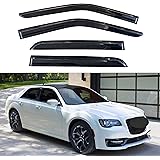Table of Contents
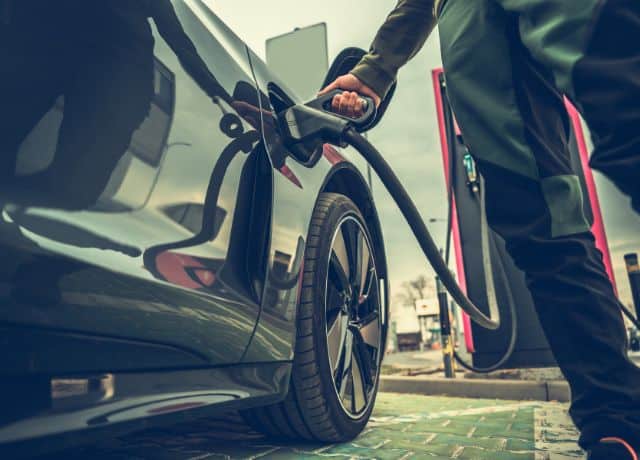
Do electric cars have catalytic converters? This is a question that a lot of people seem to be wondering about lately, and with the number of electric vehicles on the road increasing all the time, it’s definitely worth taking a closer look at.
Here, we’ll explore what catalytic converters are, what they do in traditional gas-powered cars, and do electric cars have catalytic converters. Stay tuned!
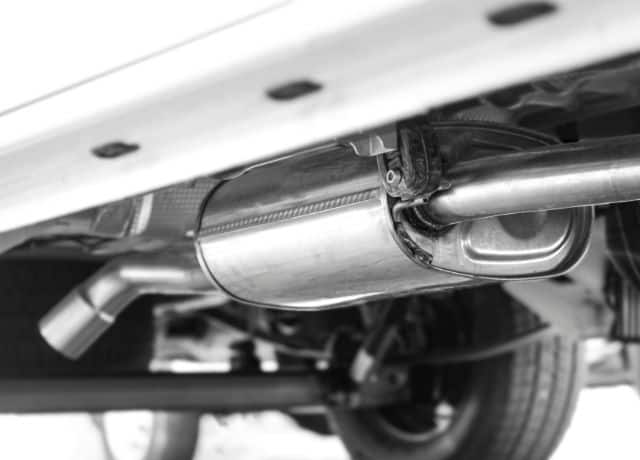
What Are Catalytic Converters?
Catalytic converters are an essential part of a car’s exhaust system. They work by catalyzing the chemical reactions that occur when the engine burns fuel. Catalytic converters were initially used widely on U.S.-made automobiles in 1975. With the help of new converter technology, automobile exhaust pollution has been greatly reduced.
Several countries throughout the world have made it mandatory to install catalytic converters in vehicles to reduce the increased pollution caused by internal combustion engines using gasoline or diesel.
Many catalytic converters are constructed from platinum or palladium, both of which are rare and valuable metals. Therefore, it is crucial to maintain your catalytic converter and get it serviced frequently.
In the worst-case scenario, they become completely blocked, rendering the engine useless and possibly destroying it. This highlights the significance of routinely inspecting and cleaning your vehicle’s catalytic converter.

Purpose of Catalytic Converters:
A catalytic converter is a type of pollution control system that reduces the severity of exhaust fumes by converting dangerous particles into less hazardous emissions. Carbon monoxide, nitrogen oxides, and hydrocarbons are transformed by the converter into carbon dioxide, nitrogen, oxygen, and water. This aids in cutting down on the release of dangerous air pollutants.
Catalytic converters work by using a catalyst, a substance that speeds up a chemical reaction without being consumed itself, to convert poisonous emissions into less harmful substances. The three main pollutants controlled by catalytic converters are:
- Hydrocarbons (HC)
- Carbon monoxide (CO)
- Oxides of nitrogen (NOx)
Before they escape through the tailpipe, these harmful pollutants are converted by the converter into less harmful gases. These converters have greatly aided in the reduction of hazardous byproducts, making current vehicles much more environmentally friendly than their predecessors.

Do EVS Have Catalytic Converters?
The answer to the question, of do electric vehicles have catalytic converters is very clear, “NO”. EVs do not have these converters because they rely on electric batteries rather than an internal combustion engine to get power.
As a result, they don’t give off any harmful gases. As no harmful byproducts are created, the procedure is ecologically sound.
Fully electric vehicles are less susceptible to theft because there is no converter to steal. Vehicles that run on electricity are more efficient overall than their gasoline-powered counterparts because they consume less fuel and release no harmful emissions.
Therefore, if you’re concerned about your impact on the environment, a battery-electric vehicle is a fantastic choice.
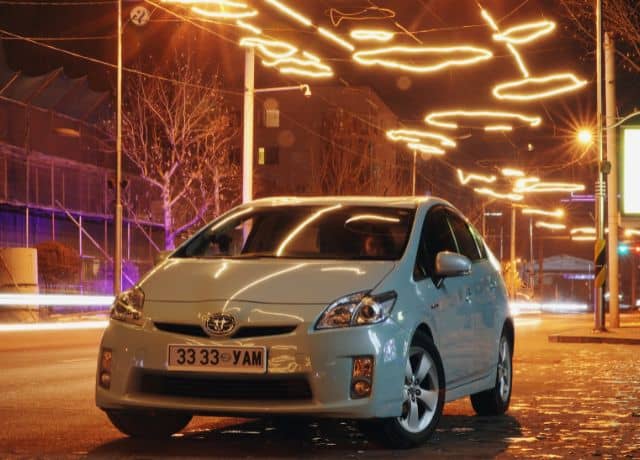
Do Hybrids Have Catalytic Converters?
Unlike electric or conventional gasoline cars, hybrid cars rely on two types of power to move. They use the combination of both a gasoline engine and an electric motor to power the vehicle.
Since the motor provides power at lower speeds and in stop-and-go traffic, hybrid vehicles emit significantly fewer toxic pollutants than their gasoline-powered counterparts. Besides producing fewer emissions still, hybrid cars have catalytic converters to convert the less produced toxic emissions into even less harmful substances.
Do All Cars Other Than EVs Have Catalytic Converters?
After 1975, these parts are required by law in many countries, and they have made a significant difference in reducing pollution from cars. Every car that runs on an internal combustion engine (either gasoline or diesel) has a converter, to reduce harmful emissions.
However, a catalytic converter is not required for electric vehicles as they are battery-operated and produce no emissions. In fact, the only emissions produced by electric vehicles come from the electricity used to charge the batteries, and these emissions can be further reduced by using renewable energy sources.
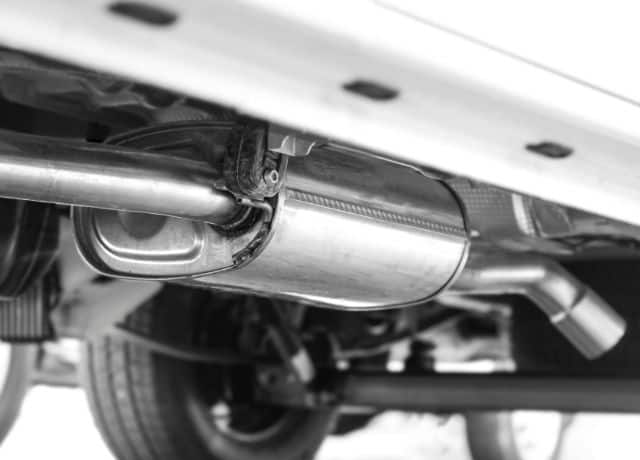
Why Thieves Specifically Target Catalytic Converters?
Catalytic converters contain several precious metals, including palladium and rhodium, which can be sold for a high price. On average, the price of this precious metal ranges, from less or more than, $3000.
In addition, they are often easy to remove and sell, as they are not attached to automobiles with much security. For these reasons, catalytic converters are a prime target for thieves looking to make a quick profit.
The best way to protect your converter is to park in a well-lit and secure area. You can also invest in a security system that will make it more difficult for thieves to remove the converter without being detected. Finally, be sure to check with your insurance company to see if they offer coverage for catalytic converter theft.
Which Automobiles Are Most Likely To Have Catalytic Converters Stolen?
Thieves typically target older cars and trucks because they are easier to break into and tend to have fewer security features. In addition, many of these old models do not have catalytic converter locks, making them even more vulnerable to theft.
Due to the decreased need for catalytic converters in hybrid vehicles, these parts have become more valuable to criminals. As converters were not compulsory for use on autos until 19745, cars manufactured before that year are less likely to have been stolen.
In the eyes of car thieves, vehicles with beaded catalytic converters don’t hold much monetary value and are therefore less likely to be stolen. Diesel converters are also useless because they are made of cheap materials and contain no valuable elements.
You must always remain vigilant on your car, because you never know when a burglar will try to steal other things from it, like the converters.
As was previously mentioned, hybrid cars frequently have their catalytic converters stolen. There is more palladium in these vehicles since they are not required to filter out as many harmful substances.
Components Of Electric Vehicle:
Fully Electric vehicles are becoming increasingly popular, as they offer a more environmentally friendly alternative to traditional petrol and diesel vehicles. However, there are still many people who are unaware of the components that make up these zero-emission vehicles. The following are the key components of electric cars:
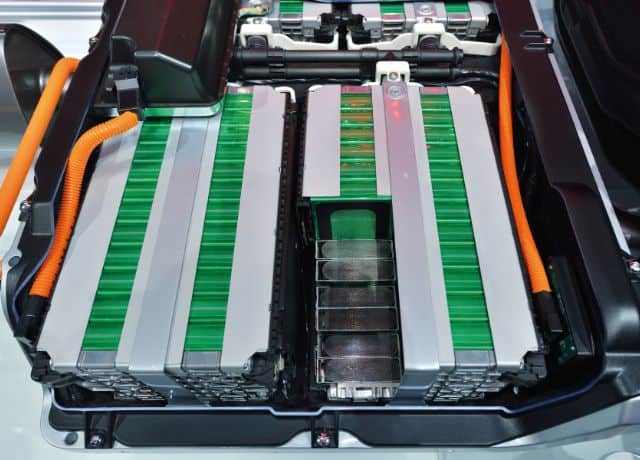
Traction Battery Pack:
The traction battery pack is one of the most important components of an electric car, as it temporarily stores the energy it consumes from the power system during charging. This type of battery is typically made up of lithium-ion cells, which are able to hold a large amount of energy.
Inverter:
The inverter plays a vital role by converting the direct current (DC) from the battery into alternating current (AC) that is used to power the motor. The inverter also regulates the voltage and frequency of the AC, which can vary depending on how much power is needed by the motor.
Inverters are typically located between the battery and the motor, and they play a crucial role in ensuring that electric cars run smoothly and efficiently. With the rising popularity of electric cars, inverters are likely to become an increasingly important component of this rapidly growing industry.
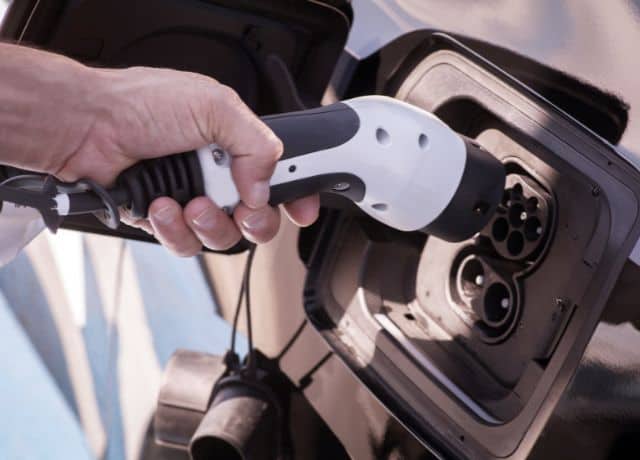
Charge Port:
The charge port is an important component of an electric car. It is used to connect the car to an external electricity source, typically a wall outlet or in charging stations. The charge port is usually located on the outside of the car, and it may have a cover to protect it from the elements.
Most electric cars have a standard charge port that can be used with any compatible charger, but some may have a proprietary charge port that can only be used with a specific charger. The charge port may also include features such as a charging indicator light or a lock to prevent unauthorized access.
Electric Traction Motor:
The electric traction motor is a critical component of an electric vehicle, as it is responsible for providing the power needed to move the vehicle. It is typically located between the inverter and the drivetrain, and it consists of a rotor, stator, and housing.
The electric traction motor is a key component of an electric vehicle, and it is one of the main reasons why these vehicles are so efficient.
Types Of Electric Cars:
There are two main types of electric cars: all-electric cars and hybrid cars. All-electric cars are powered solely by electricity, while hybrids have both motor and a petrol or diesel engine.
All-electric cars are becoming increasingly popular, as they offer a number of advantages over traditional petrol and diesel vehicles.
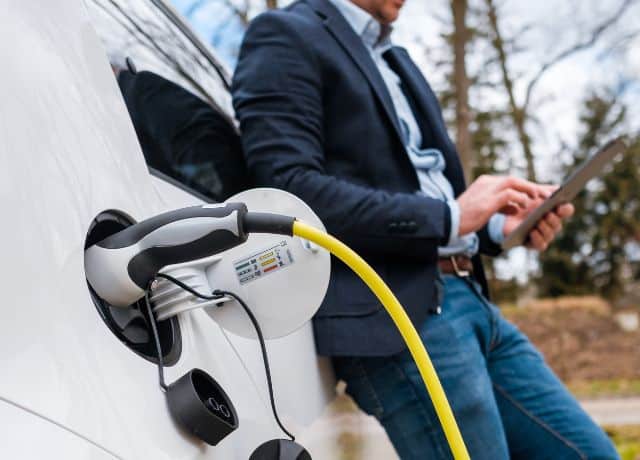
The Plugin Hybrid EVs (PHEV):
The plugin hybrid EV is a type of electric vehicle that has both an electric motor and a gasoline engine. The plugin hybrid EV is designed to be plugged into an external power source, typically a wall outlet or in charging stations, to recharge the battery.
Plugin hybrid EVs offer a number of advantages over traditional petrol and diesel vehicles. They are more fuel efficient, emit less pollution, and produce less noise. They run on electric power, and once the battery is dead, they start operating as a conventional gasoline car on an engine.
However, plugin hybrid EVs are more expensive than traditional petrol and diesel vehicles, and they require access to charging infrastructure. Additionally, the battery life of plugin hybrid EVs is shorter than that of all-electric cars.
Catalytic converter in electric cars

Hybrid EV (HEV):
A hybrid electric vehicle (HEV) combines an internal combustion engine (ICE) with a motor and a battery pack to create a low-emission vehicle. These vehicles rely mostly on gasoline and cannot be charged in a regular wall socket.
Instead, the battery packs are charged using a combination of regenerative braking and a generator connected to the gasoline engine.
Although it is not possible to run this entirely on electricity, improved fuel economy is achieved by replacing the standard, less efficient gasoline engine with a more efficient one and by operating the powertrain more efficiently and only turning it on when necessary.
tesla catalytic converter

Battery Electric (BEV):
Battery electric vehicles, or BEVs, are electric cars that rely on batteries to power their motors. BEVs are sometimes also called “pure electric cars” because they don’t have any other source of power, like a gasoline engine. They are powered by a large battery pack that is typically located beneath the floor of the vehicle.
BEVs have a range of electric motors that rotate at high speeds to create power, and they are very efficient compared to gasoline-powered cars.
One benefit of electric cars is that they emit no pollutants, so they are much better for the environment than gasoline-powered cars. Additionally, electric cars typically have lower maintenance costs than gasoline-powered cars since there are no oil changes or tune-ups required.
Today, there are many different types of BEVs on the market, from small city cars to large SUVs. And while BEVs still make up a small percentage of the overall car market, they’re becoming increasingly popular as people look for ways to reduce their environmental impact.
catalytic converter electric cars
FAQs (Do electric cars have catalytic converters):
Q: Are there any cars without a catalytic converter?
Electric cars do not have a catalytic converter, because there is no emission of pollutants to convert. All other cars have a catalytic converter because they emit pollutants that need to be converted into less harmful substances.
Q: Do Electric Cars Produce Any Emissions?
No, electric cars produce zero emissions. This is because they don’t have an internal combustion engine and instead rely on electric motors to power them.
The only emissions from electric cars come from the electricity that powers them. And while the exact emissions from different power sources will vary, it’s generally accepted that electric cars produce far fewer emissions than gas or diesel cars.
Q: What Are The Consequences Of Not Having A Catalytic Converter?
If your car does not have a catalytic converter, it will produce higher emissions of pollutants such as carbon monoxide, nitrogen oxides, and hydrocarbons. These emissions can be harmful to the environment and to your health, so it is important to make sure that your car has a functioning catalytic converter.
In addition, many countries have laws that require automakers to install catalytic converters, so you may be subject to fines or other penalties if your car does not have one. Finally, your car may run less efficiently without a catalytic converter, so it is important to consider all of these factors before deciding whether or not to install one.
Q: How To Prevent Catalytic Converter Theft?
The best way to prevent your catalytic converter from being stolen is to park in a well-lit and secure area. You can also invest in a security system that will make it more difficult for thieves to remove the converter without being detected. Finally, be sure to check with your insurance company to see if they offer coverage for catalytic converter theft.
Q: Do Teslas Have Catalytic Converters?
No, just like any other electric car, Teslas don’t have catalytic converters because they don’t have internal combustion engines.
Catalytic converters are devices that use a catalyst to convert toxic pollutants in exhaust gases from an internal combustion engine into less harmful pollutants. Since Teslas don’t have internal combustion engines, they don’t need catalytic converters.
Conclusion:
Catalytic converters are an important part of emissions reduction in gasoline-powered cars. However, as electric cars rely solely on batteries and produce no emissions, they don’t require catalytic converters. This makes them a more environmentally friendly option for drivers. If you’re considering an electric car, be sure to research the different types available to find the best one for your needs. And remember, if you have a gasoline-powered car, always park in a well-lit and secure area to help prevent catalytic converter theft.
Do electric cars have catalytic converters, Catalytic converter in electric cars












































